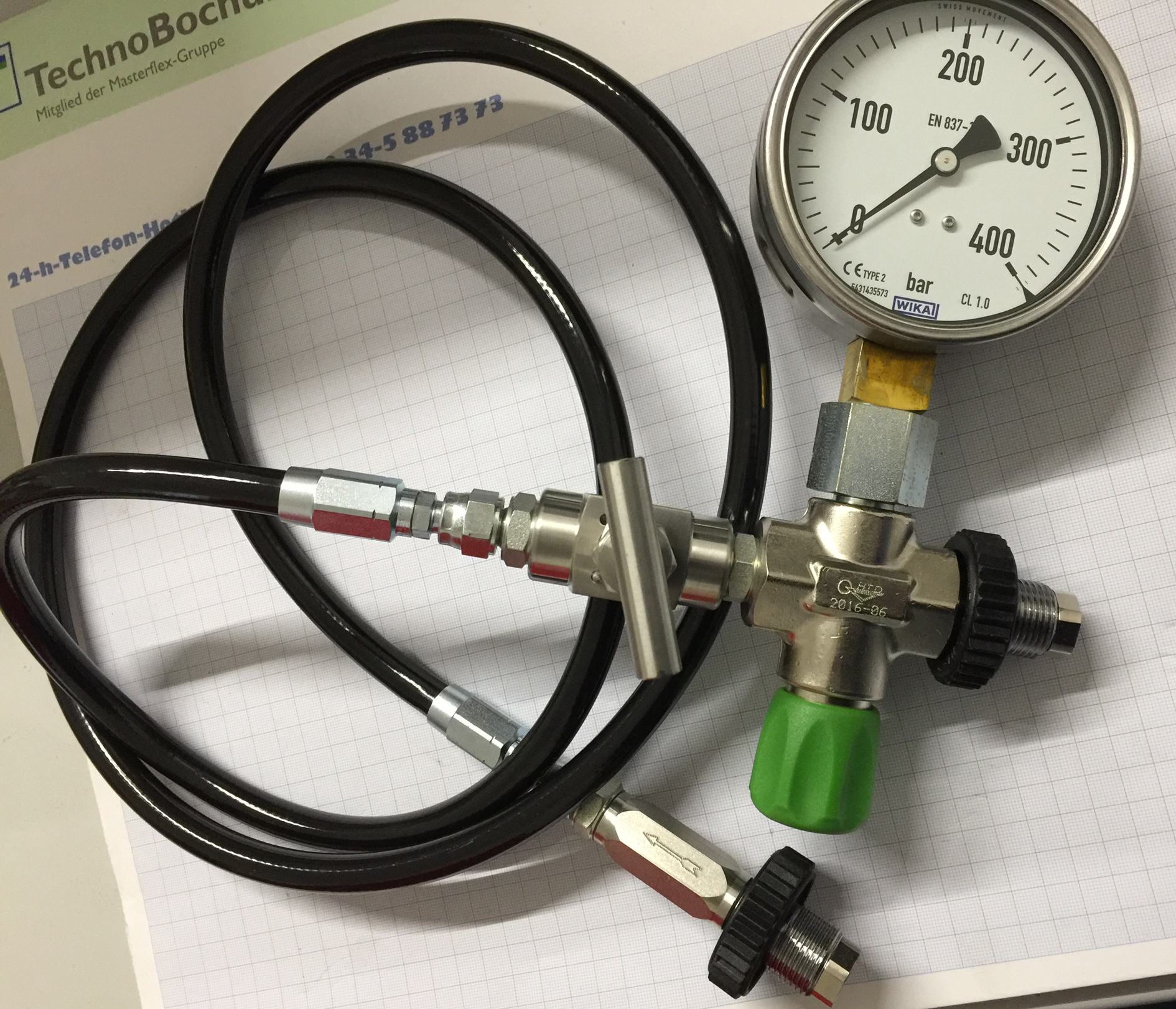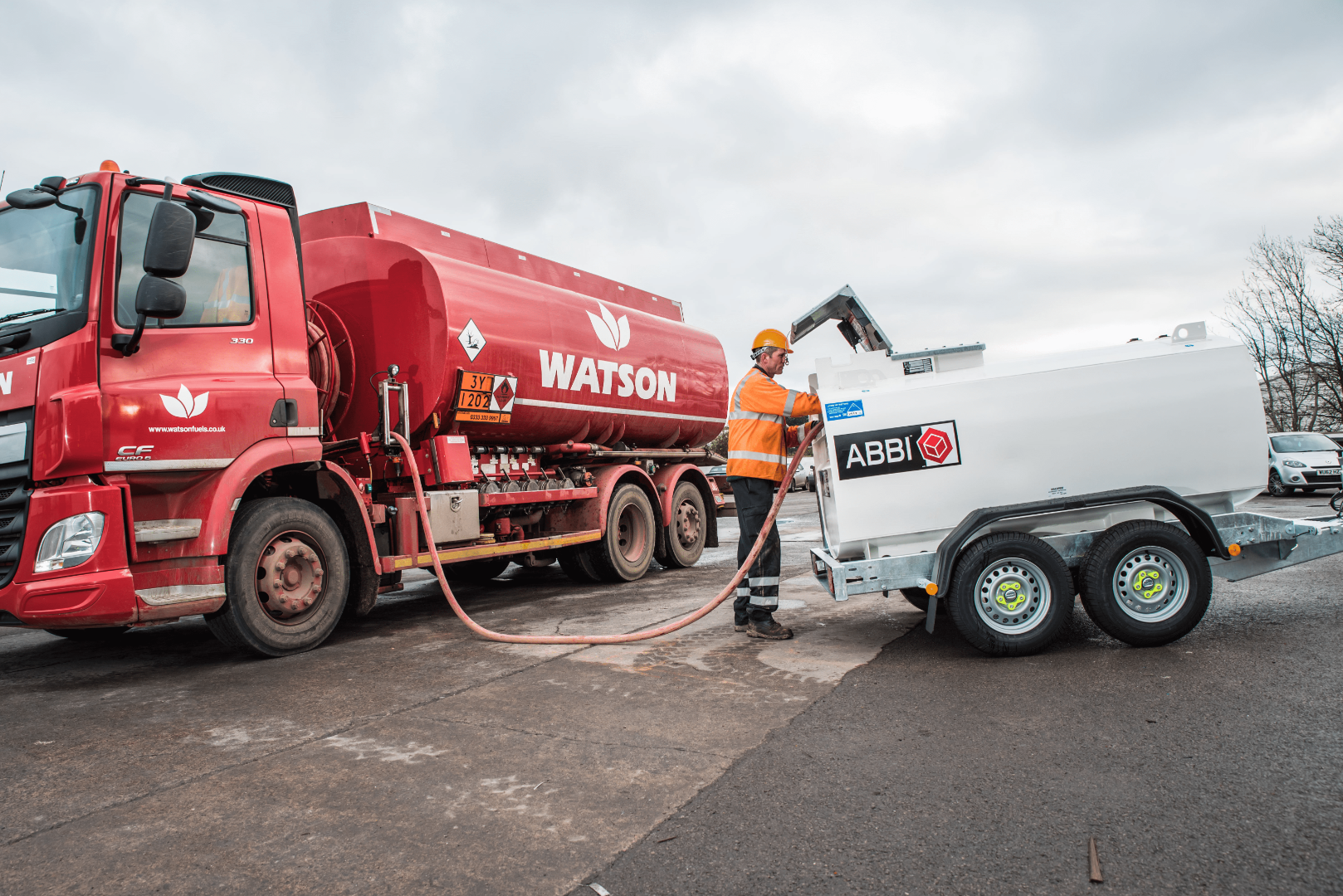Course in operating pressure equipment

Do you want to gain useful skills for the labour market or improve your qualifications? Then take advantage of our course on pressure vessel handling. The training is aimed at people working or planning to work with filling pressure equipment with gases as well as handling pressure vessels. Such training is required, among other things, for people in positions such as:
- refrigeration fitter,
- heat pump installer,
- firefighter,
- hospital employee,
- spa employee,
- food industry worker,
- frogmen,
- operation of paintball equipment.
Purpose of the course
The course prepares the participant theoretically and practically for independent filling and handling of both equipment and pressure vessels. After this training, the trainees can handle and fill gas cylinders themselves. Our company offers the possibility of acquiring qualifications for filling and operating portable pressure tanks with gases:
- dissolved (acetylene),
- compressed (air, oxygen, argon, nitrogen, etc.),
- liquefied (fluorinated, nitrous oxide, LPG, ammonia).

What does the pressure vessel handling course cover?
In our training courses, you will acquire not only knowledge but also practical skills. The course will prepare you for the examination of the Technical Inspection Authority. Afterwards, you will be able to operate and fill pressure vessels yourself. Our training courses comply with UDT guidelines. We cover such topics as:
- performing technical supervision of portable tanks,
- testing and repair of portable tanks,
- gas details,
- tank structures,
- tank parameters,
- inspection activities during filling of pressure vessels,
- working steps when filling pressure vessels,
- general health and safety recommendations,
- general fire safety recommendations.
Operating and filling licences for pressure vessels
Once you have completed our course and passed the examination of the Technical Inspection Authority, you will be certified. You will be able to fill and operate pressure vessels. The qualification for filling cylinders depends on the type of exam. You can be qualified to fill cylinders with: liquefied, compressed or dissolved gases.
Why take a pressure vessel handling course with us?
Training done with us is a guarantee of high efficiency. Almost 100% trainees can be proud of passing the exam of the Office of Technical Inspection. In addition to training, our company provides the organization of the exam, which is an additional fee. Course price includes practical and theoretical instruction as well as course materials and the cost of the examination. Qualifications for operating and filling pressure vessels and cylinders are useful for many professions, such as firefighters or hospital and spa staff.
Once the course has been completed and the examination passed, a certificate for filling and operating pressure vessels is issued. The certificate is valid for an unlimited period of time. In addition to the certificate, the trainee also acquires a qualification from the Office of Technical Inspection. This certificate is valid throughout the European Union.
Types of tests to which pressure vessels are subject
During operation, pressure equipment is subject to periodic, operational and ad hoc post-accident or post-failure tests.

Periodic examinations
Periodic examinations include pressure tests, internal and external inspections.
Pressure tests - generally used as hydraulic tests. In technically justified cases, the hydraulic test may be replaced by another test or test of a different type. This may be done with the agreement of the competent technical inspection authority.
Internal reviews - Visual assessment of the condition of the pressure equipment walls. Assessment of its detachable and non-detachable connections and pressure and safety equipment. In technically justified cases, visual assessment may be replaced or supplemented by other examinations. This may be as for the pressure test, subject to agreement with the authority of the relevant technical inspection body.
External audits - Assessing the condition of the pressure equipment from the outside. Assessment of fittings in accessible areas. Where possible, the operation of the fittings is checked and functional tests are carried out.
In-service testing
The scope of such tests and the manner of preparing the equipment for them shall be determined by the authority of the technical supervision unit. It depends on the circumstances justifying their performance. They may be performed as:
- pressure tests,
- internal or external revisions.
They may be supplemented or replaced by another test. They shall be carried out at the request of the user of the pressure equipment, in particular when:
- relocation,
- repairing the pressure equipment,
- pressure equipment upgrade,
- replacement of equipment components,
- changing the type of supply equipment,
- if the walls of the appliance are damaged or leaky.































